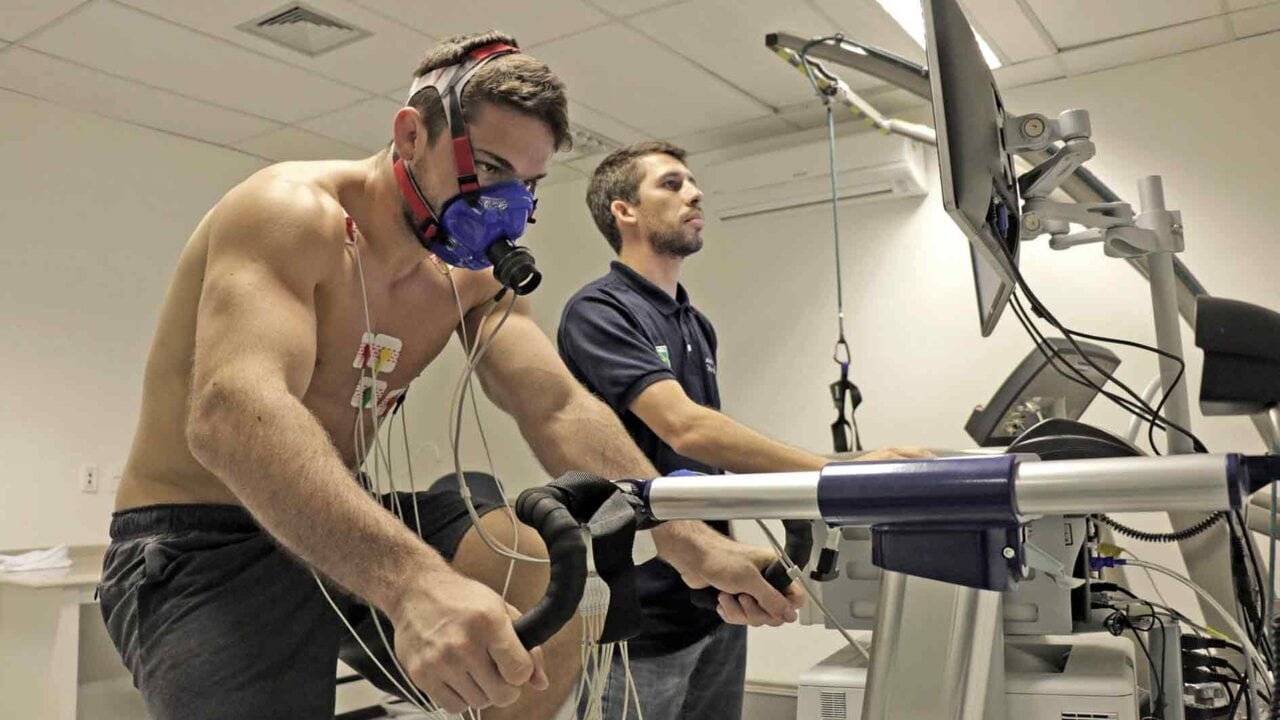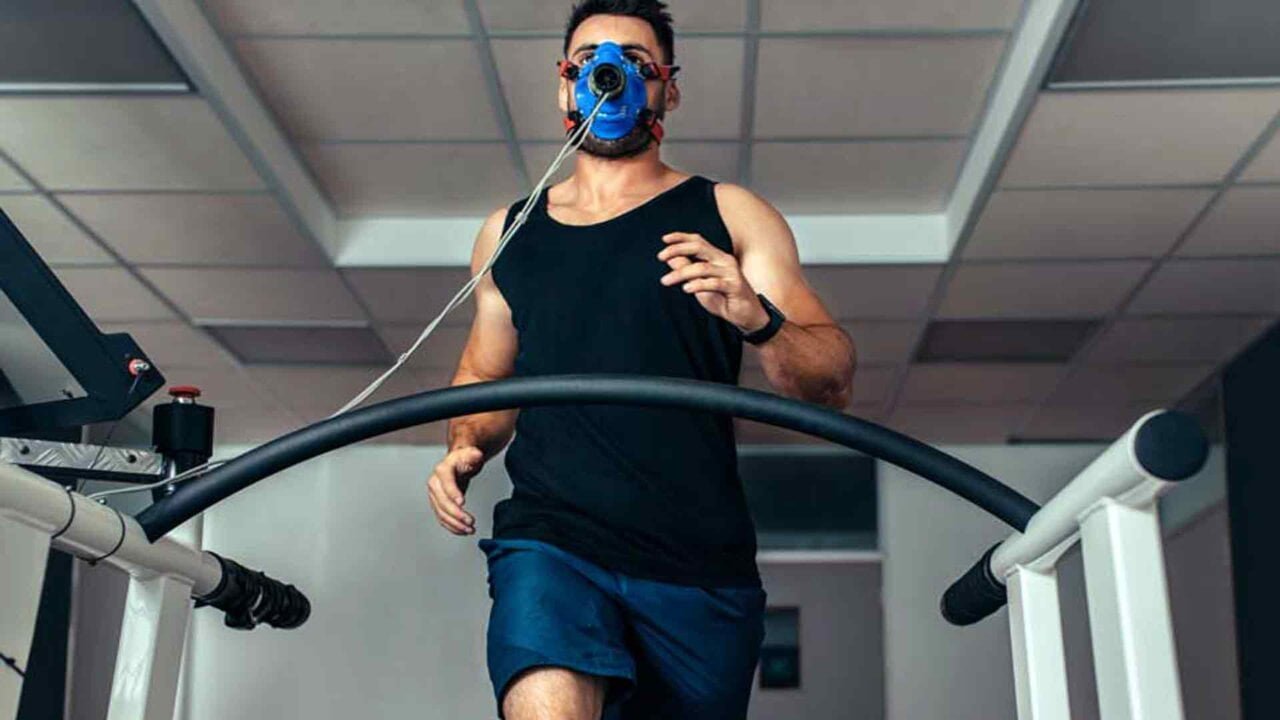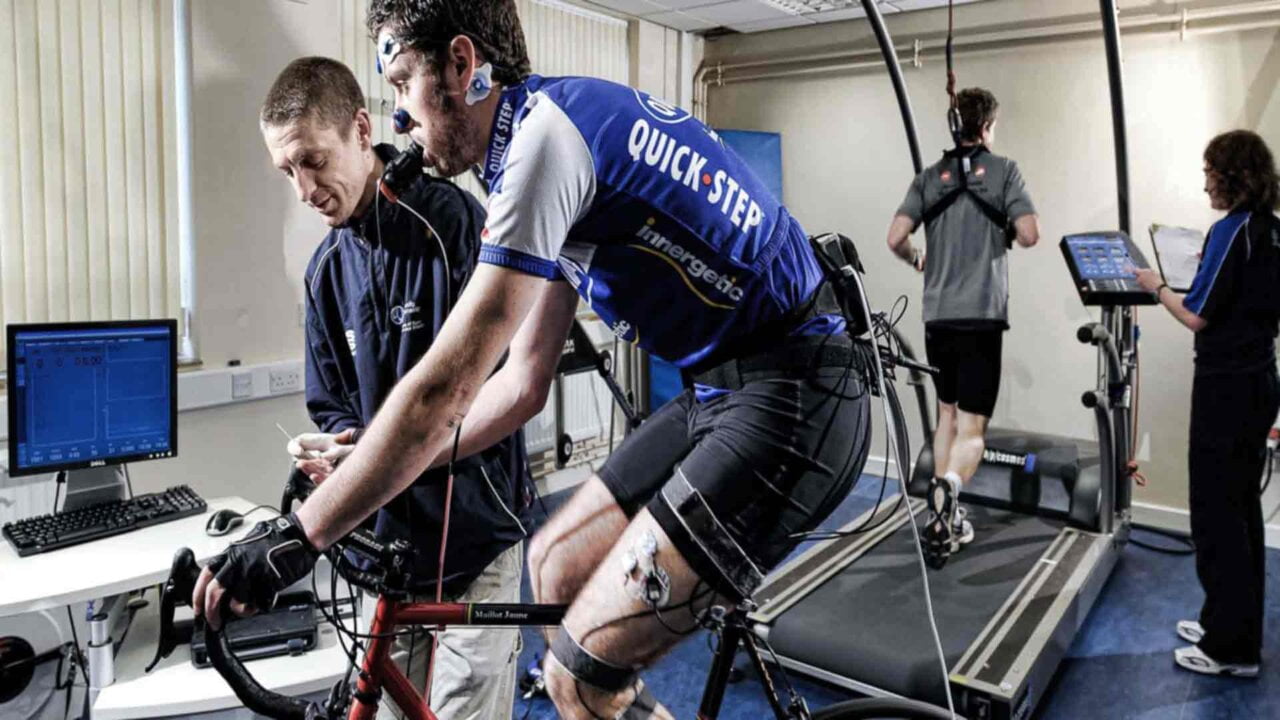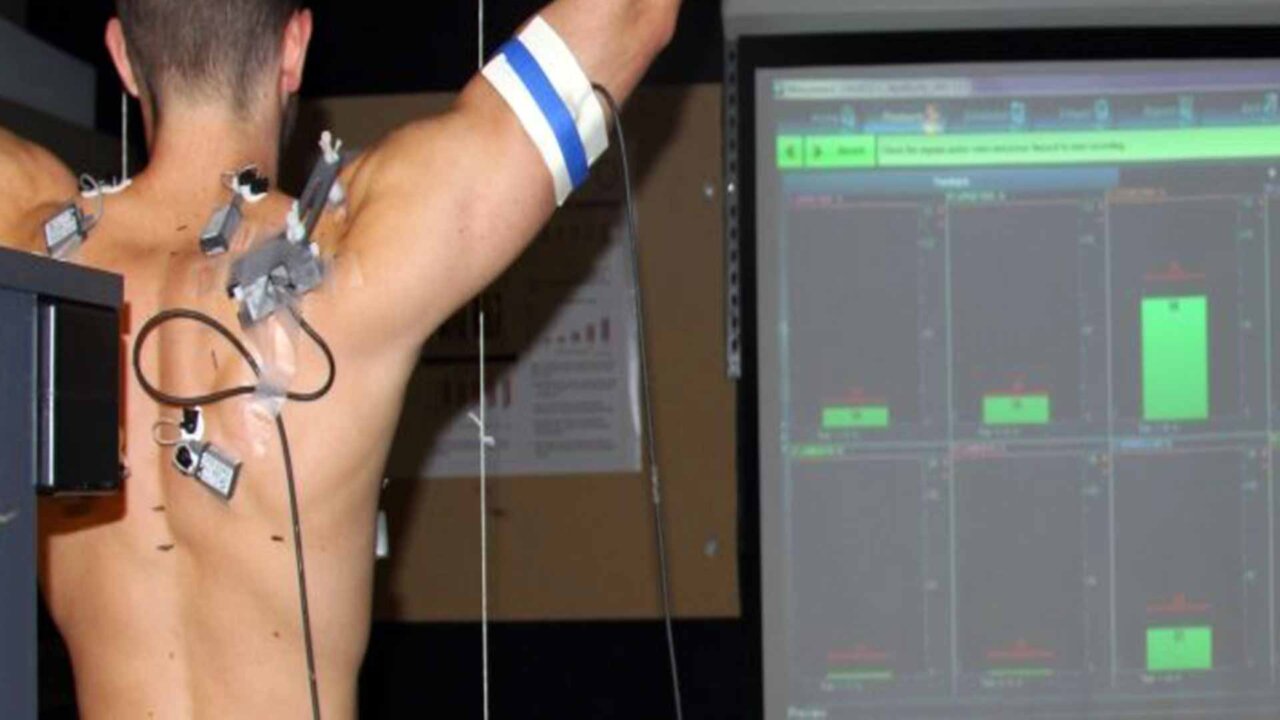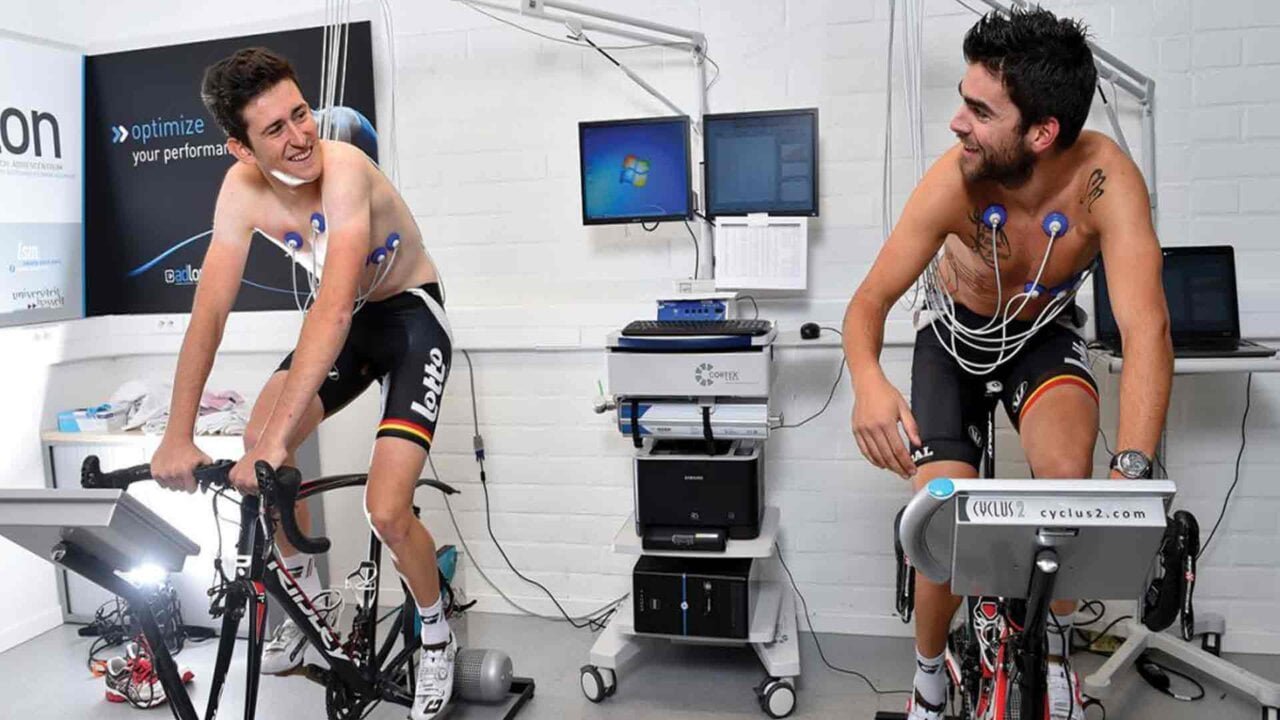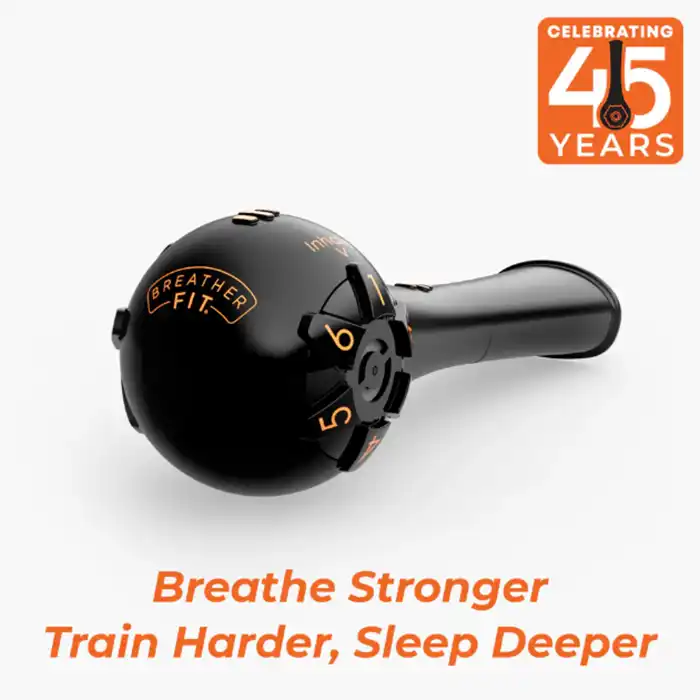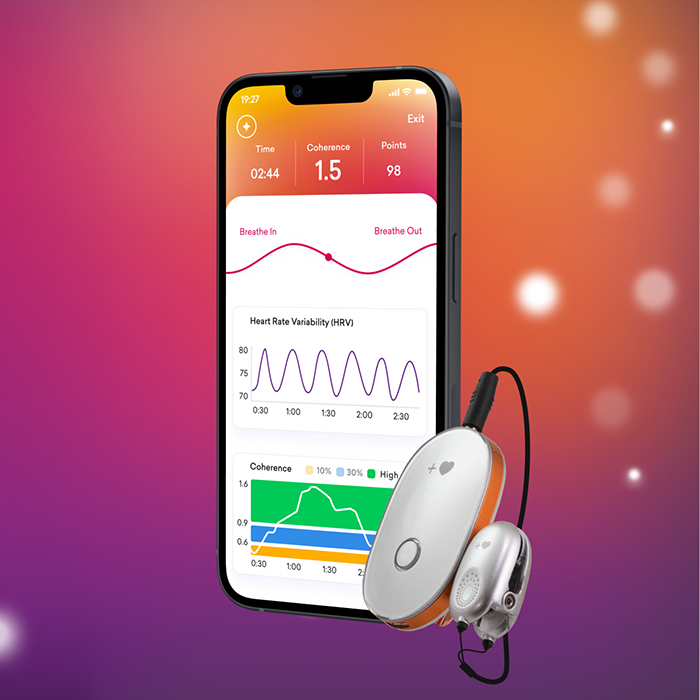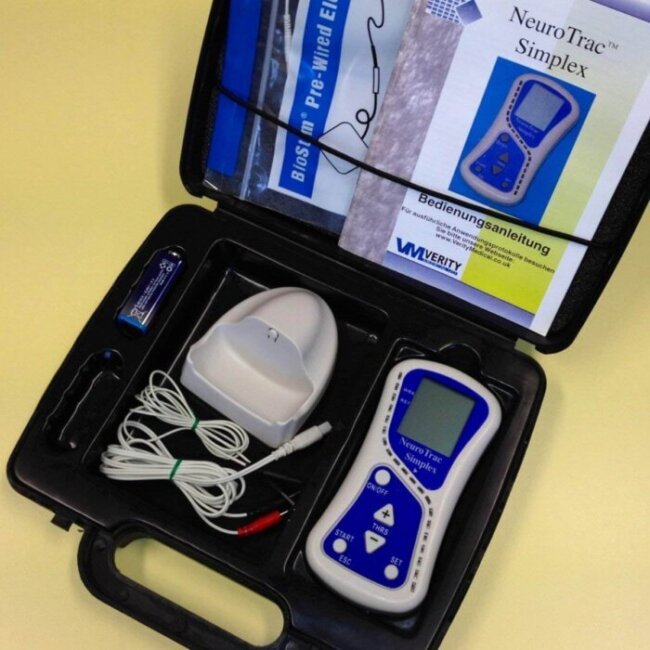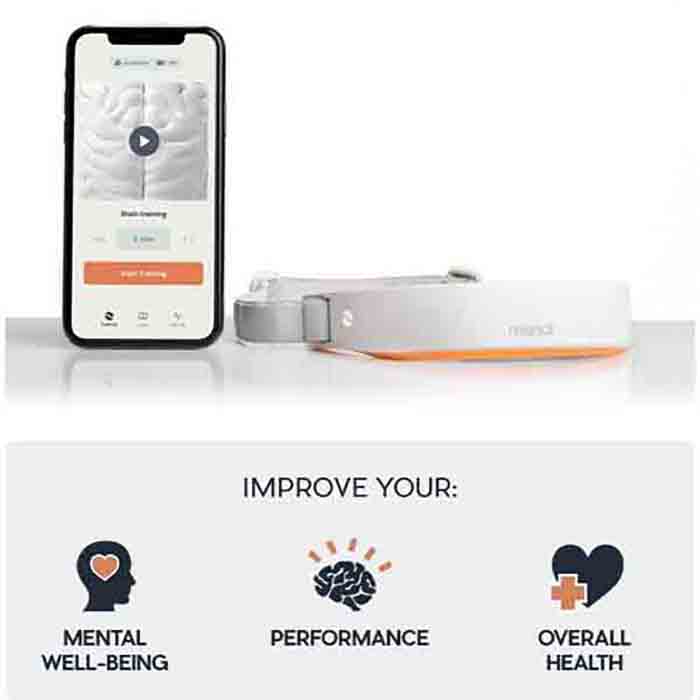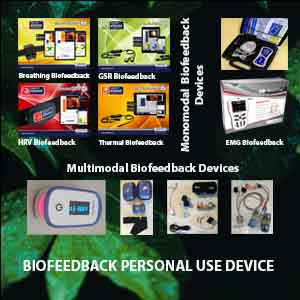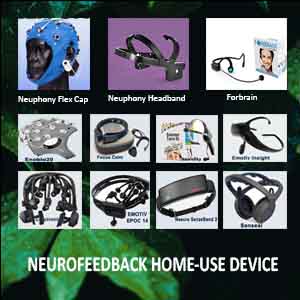High Performance in Sport via Biofeedback
Most of the body’s physiological processes are not under our conscious control, yet they directly influence our physical and cognitive performance. We have known for many years that learning to control aspects of our physiology consciously – at will and under pressure – is an essential element of being able to perform at a peak level. Biofeedback for High Performance in Sports has become crucial to achieving the highest levels of athletic performance. Athletes and sportspeople can learn to alter and improve their physiological states and responses to stressful situations using these techniques and technologies.
Table of Contents
Toggle- High Performance in Sport via Biofeedback
- Biofeedback Benefits for Athletes
- Multimodal Biofeedback in Sports
- FAQ: Biofeedback for High Performance in Sports
- Biofeedback Device for High Performance in Sport
Training that develops this type of learning is vital in situations that demand calmness in preparation and under the pressure of performance, as well as improved focus, concentration, and power delivery when needed. Biofeedback training also builds confidence as the athlete learns that “harmful” stress can be dissipated and that the optimal level of performance can be reached. It aims to increase voluntary control over the physiological processes outside awareness, using the information about them as an external signal.
Biofeedback Benefits for Athletes
BFB for High Performance will allow athletes during competition and performance:
- Control and reduce stress and anxiety,
- Reduce or induce energy and intensity,
- Improve focus and concentration,
- Improve performance consistency,
- Correctly schedule physical load and rest during training,
- Facilitate recovery from injury.
Biofeedback for High Performance in sports provides access to many essential aspects of performance, such as muscle tension, heart rate, and respiration rate. And more in a manner that is rapid, precise, and meaningful. The fundamental premise is that if the trainee sees the information on one or more of these biological processes. Then, they can learn to regulate them consciously, even when the equipment is unavailable.
The biofeedback process has three fundamental elements.
- Firstly, sensors placed on various parts of the body record physiological information,
- Secondly, this information is transduced, processed, amplified, and feedback to the trainee in the form of auditory, visual, and even kinesthetic signals,
- Thirdly, by paying attention to the feedback information, the trainee gradually learns to alter and control the physiological behavior consciously.
Multimodal Biofeedback in Sports
The use of different modalities of biofeedback is snowballing in sports psychology. The aim is to lower competition stress, performance anxiety, and muscle tension, as well as rapid and complete recovery after sports trauma. Sports psychologists’ most common biofeedback modalities include HRV, respiration, temperature training, EMG, EDR, and EEG.
- Heart Rate Variability—Elevated heart rate may increase reaction time, while learning to stabilize heart rate may improve endurance and cardiovascular efficiency.
- Respiration – Improper breathing may lead to inefficient performance, choking, and hyperventilation.
- Muscular tension: Excessive muscle tension inhibits movement speed, rhythm, timing, and flexibility.
- Sweaty palms – indicate emotional reactivity and anxiety.
- Brainwave activity – EEG biofeedback (Neurofeedback) can enhance athletes’ ability to pay attention, focus, control their emotions, and “slow down” a busy mind.
- Peripheral body temperature – Measures blood vessel constriction and blood flow in the hands, feet, or forehead. Stress can cause blood vessel constriction or shut down blood flow, which can delay recovery from workouts or injuries.
Multimodal Biofeedback for High Performance in Sport
Heart Rate Variability Biofeedback for High Performance in Sports
The time between each heartbeat is not consistent; it varies with every beat – hence the term heart rate ‘variability’ (HRV). HRV reflects the variation in time between each heartbeat, otherwise known as the R–R interval or the inter-beat interval. While HRV-guided training appears to be more effective for developing aerobic performance than pre-planned training, it does not seem to be a reliable predictor of overreaching. HRV is a predictor of illness in elite athletes. Modern technology, such as smartphone applications, heart rate monitors, and finger-wave pulse sensors, is a reliable measure of HRV.
The variability in the heart rate provides critical information about the function of the autonomic nervous system (ANS) and is also the most reliable measurement of ANS function. An increase in HRV represents a positive adaptation to a better recovery status, while a reduction in HRV reflects stress and a worse recovery status. The higher the athlete’s HRV, the better recovered they are, and vice versa.
The ANS comprises two branches: the sympathetic nervous system (SNS) and the parasympathetic nervous system (PSNS). The easiest way to distinguish the differences between these two branches is to associate “fight or flight” responses with the SNS and “rest and digest” responses with the PSNS. Therefore, the SNS increases the heart rate, and the PSNS slows it down.
As HRV reflects ANS function and thus stress, the athletic world uses it frequently to identify periods of optimal training, monitor recovery status, and detect potential overtraining.
HRV and Sport Performance
Video: Heart Rate Variability & Sport Performance
It has been suggested that monitoring HRV can help identify the following:
- Accurately reflect recovery status,
- Help determine if an athlete is overtraining,
- Identify when the athlete may be more or less adaptive to training,
- Potentially predict when an athlete may perform better or worse on a particular day,
- Potentially predict when the athlete is more susceptible to illness or injury.
During exercise, HRV is reduced (shorter R-R intervals), and HR is increased due to augmented SNS and attenuated PNS activity. Not only are the intervals between R-R peaks shorter, but they also become more uniform (reduced R-R variability). The relationship between sympathetic and parasympathetic activity during exercise depends directly on training intensity. During physical activity, sympathetic nerves can increase cardiac output to 2 to 3 times the resting value.
On the assumption that physical activity causes stress (a stimulus), the body will respond with a stress reaction on different physiological levels. In addition to a stress reaction, adaptation processes occur during recovery. Suppose the magnitude of the stress stimulus (e.g., training load) is high enough (overload principle) to evoke a reaction in the body. In that case, the response will be proportional to the stress level. As a result, more significant training effects will be accomplished (adaptation).
To reach higher performance levels, it is essential to understand the importance of well-designed and integrated rest periods. Recovery after training is considered an integral part of the training methodology. Performance will not improve if there is a lack of optimal recovery.
To learn more regarding heart rate variability biofeedback, click here.
To see a home-use device for Heart Rate Variability Biofeedback, go here.
Breathing Biofeedback for High Performance in Sports
Good breathing patterns meet our needs and provide optimal conditions for health and performance. Only when corrective breathing is restored can performance be enhanced to optimal levels.
Breathing biofeedback uses flexible bands around the abdomen or chest to monitor breathing patterns and respiration rates.
The breathing pattern (depth and frequency) continually varies and is highly sensitive to changes in arousal level and emotional factors.
Diaphragmatic Breathing has long been known to activate the parasympathetic nervous system. Once this happens, individuals experience a drop in blood pressure and heart rate. Their HRV increases, along with a rise in peripheral skin temperature. Muscle relaxation follows, leading to an overall sense of relaxation.
Biofeedback-assisted diaphragmatic breathing teaches people how to breathe with the abdomen, not the chest, and to breathe more slowly, deeply, and rhythmically using the abdominal muscles.
Breathing Patterns and Biofeedback
The typical adult breathing pattern, which may accelerate slightly just because of being measured, involves shallow thoracic movements with a respiration rate of 15-22 respirations per minute. There is also an absence of sinus arrhythmia.
In contrast, diaphragmatic breathing requires slow, rhythmic inhalations and exhalations, emphasizing the diaphragm muscle moving downward on inhalation and upward on exhalation. The respiration rate in diaphragmatic breathing is 5 to 8 respirations per minute and is associated with a return of typical respiratory sinus arrhythmia and increasing Heart Rate Variability.
According to research data, three weeks of respiration biofeedback training resulted in a considerable decrease in respiration rate and jerky breathing patterns exhibited earlier. For example, the shooter reported having been able to recover faster, prevent pre-competition anxiety, and regulate concentration and focus levels during competition. Corrective breathing patterns lead to enhanced performance levels.
Video: Breathing Biofeedback for High Performance in Sports
Studies on the physiological mechanism of breathing intervention effects have indicated a shared physiological basis involving the autonomic nervous system underlying breathing, emotion, and cognition. Physiological evidence has suggested that even a single breathing practice significantly reduces blood pressure, increases heart rate variability (HRV) and oxygenation, enhances pulmonary function, and improves cardiorespiratory fitness and respiratory muscle strength.
To learn more about Breathing Biofeedback, go here.
To see a home-use device for Breathing Biofeedback, go here.
Electromyographic Biofeedback for High Performance in Sport
The neuromuscular system is the nervous and musculoskeletal systems working together to move. Any measure of these systems can be used to provide neuromuscular biofeedback. EMG biofeedback is the most widely investigated method of biofeedback. It is a method of retraining muscles by creating new feedback systems by converting the muscle’s myoelectric signals into visual and auditory signals.
EMG Biofeedback uses surface electrodes to detect changes in skeletal muscle activity, fed back to the user by a visual or auditory signal. It can be used to either increase activity in weak or paretic muscles, or it can be used to facilitate a reduction in tone of a spastic one. EMG biofeedback is also helpful in both musculoskeletal and neurological rehabilitation.
Sports performance relaxation EMG biofeedback training surfaced as long ago as 1930, as researchers and coaches believed that relaxation was a key to peak performance. The theory of the autonomic nervous system notes that there is, indeed, an interaction of the muscles, especially of the face and head, with the state of the brain and heart. Today, some coaches effectively utilize the biofeedback relaxation of the facial and trapezius muscles, which has a powerful effect on overall relaxation. Besides, EMG biofeedback targets specific muscles based on the needs of a particular sport. Typical muscles for relaxation purposes would be the frontal muscles of the face and the trapezius muscles.
EMG Biofeedback Benefits for athletes
Video: EMG Biofeedback for High Performance in Sports
EMG biofeedback can provide appropriate feedback in training by requiring the athlete to lower the level of muscle activation below a threshold level. Over several sessions, the athlete learns to perform this type of relaxation on cue without instrumentation.
Thus, the use of EMG biofeedback for high performance in sports will
- Facilitate muscle constrictions,
- Promote an increase in motor recruitment,
- Regain neuromuscular control,
- Decrease muscle spasm – decrease undesirable muscle activity that may be interfering with functional movement,
- Promote relaxation,
- Realize on time the risk of overloading working related to muscle pain,
- Neuromuscular rehabilitation after sports trauma.
To learn more regarding EMG Biofeedback, click here.
Electrodermal Activity Biofeedback
The electrodermal activity (EDA) measurement brings interesting new information to analyze an athlete’s performance. This does not tell about the heart but about sympathetic nervous system activation through sweat gland reactions of the skin. Skin is the only organ purely innervated by the sympathetic nervous system. The EDA measurement is susceptible to emotional and cognitive stress and has been used in psychological research for over 100 years. Only lately has it become available to consumers. Training by EDR biofeedback is generally based on strategies for lowering arousal and maintaining a healthful sympathetic/parasympathetic tone, measured by electrodermal activity.
To learn more regarding electrodermal activity biofeedback, click here.
Electroencephalographic Biofeedback (Neurofeedback)
Emotional arousal is primarily a topic in sports psychology that is commonly related to biofeedback. Consequently, arousal reduction is essential to successful performance. The psychological preparation of athletes for competition could be described as being mentally conditioned to withstand the rigors of fatigue, time pressure, undue expectations, and crowd pressure to give them the possibility of meeting or exceeding their performance goals. Besides psychological support, biofeedback technology and skills training should be integral to a training regimen. Competition stress, anxiety, and muscle tension are common antecedents of performance.
One of the well-known and widely used modalities of Biofeedback to manage arousal, concentration, focus, level of competition anxiety, and emotion of athletes is Electroencephalographic (EEG) Biofeedback or Neurofeedback (NF). In the long run, the athlete can objectively assess and control these variables through neurofeedback.
Another area where neurofeedback may hold potential for improving athletic performance is in facilitating more outstanding physical balance. Namely, improvements in balance might enhance performance in skiing, ice skating, hockey, skateboarding, snowboarding, ballet, and possibly also in tennis, martial arts, basketball, baseball, and football.
Neurofeedback and Sports Performance
Professional athletes use neurofeedback to build the ability to be ‘in the zone,’ tuning out distractions during critical situations, increasing processing speed, and focusing all their energies on the task at hand. Smoother function equals more remarkable poise under pressure, improved recovery speed after an error, and less ‘over-thinking’ in crucial moments.
Neurofeedback (NF) refers to a specific operant conditioning paradigm where an individual learns how to influence his brain’s electrical activity (frequency, amplitude, or synchronization). The brain’s electrical activity is relayed to the computer so that no electrical current is put into the brain. It involves teaching skills through the rewarding experience of inducing EEG changes reflected in a perceivable signal (light or sound).
Research shows that after two weeks of neurofeedback training, the athlete learned to adjust brain waves to meet specific goals. The sessions were held twice weekly and lasted 50-60 minutes. This training helped the athlete gain control over their brainwave patterns.
Video: Neurofeedback & Biofeedback for Peak Performance in Sports
To learn more about Neurofeedback for High Performance in Sports, go here.
FAQ: Biofeedback for High Performance in Sports
Biofeedback trains athletes to control physiological functions (like heart rate and muscle tension) to enhance focus, endurance, and recovery for peak performance.
Athletes commonly use HRV (heart rate variability), EMG (muscle tension), and respiration biofeedback. Each type targets different aspects of performance, from endurance and stress regulation to muscle coordination and relaxation.
Absolutely. Biofeedback helps athletes identify and control physiological signs of anxiety, such as rapid heartbeat and shallow breathing. With practice, they can enter competition in a calm and focused state.
By promoting relaxation and improving blood flow, biofeedback aids muscle recovery and reduces pain perception post-injury.
No—it complements physical training by enhancing mental and physiological resilience, creating a holistic performance strategy.
Biofeedback targets body metrics (e.g., heart rate variability, muscle tension), while neurofeedback focuses on optimizing brain function for sharper decision-making.
Athletes often notice focus and stress control improvements within 4–6 sessions, with peak benefits after consistent training.
Yes, portable and user-friendly biofeedback devices are available for home use. These tools allow athletes to monitor their performance markers and train independently to stay in top condition.

